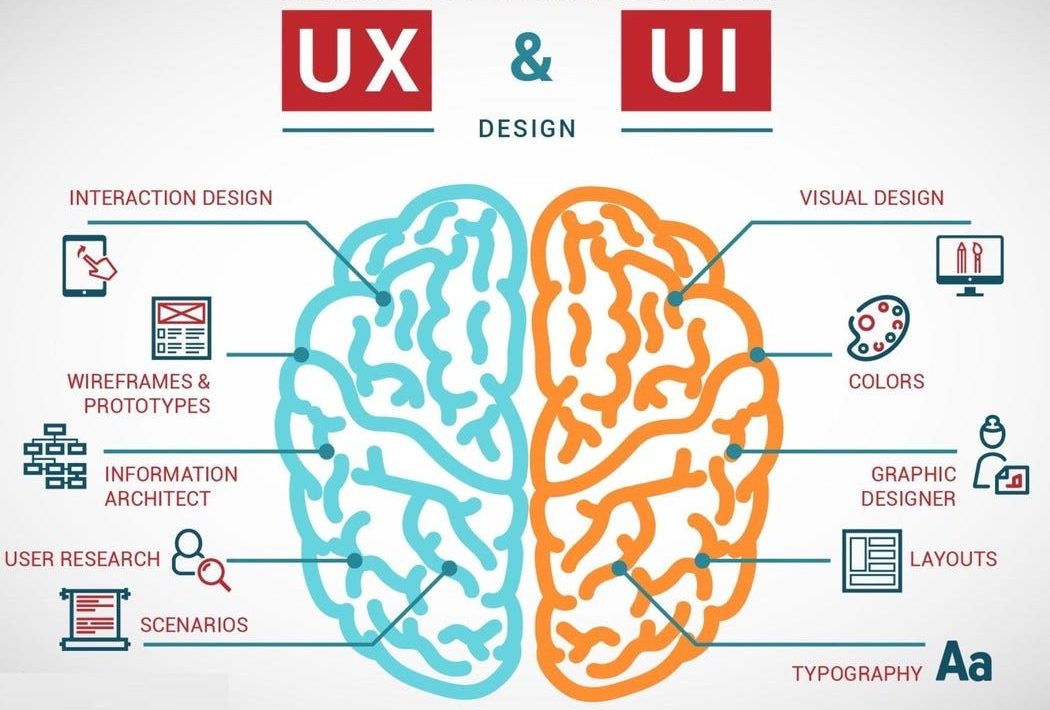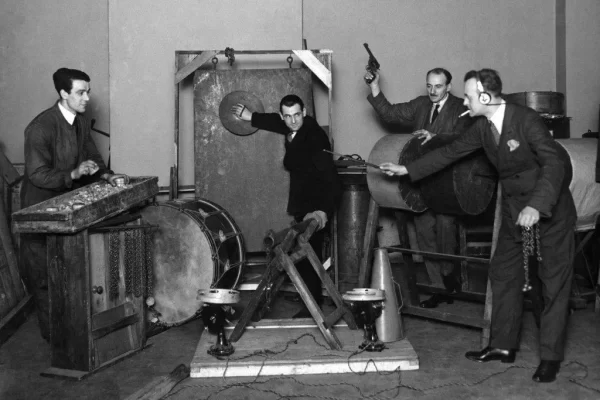The way the application looks, how user-friendly and intuitive it is, and what kind of experience it provides to the user are all the results of UI/UX design.
Today, the development of user-friendly applications and solution architecture services are among the most popular areas of custom software development due to the digital transformation of society and existing systems. With the implementation of innovative solutions in every industry, users have easy and seamless access to a wide range of products and services, so creating a user-friendly application or software design is a key challenge for every modern business and startup.
The product development process includes a large number of sequential steps toward the goal and interaction between different development teams. Product designers play a crucial role in the UI/UX development team, contributing their expertise to create user-friendly interfaces and seamless interactions. The product designer salary can vary depending on factors such as experience, location, and the specific industry, but it typically reflects the importance of their role in delivering successful digital products to users. When we talk about UI/UX, both architects, and designers are most often involved in its creation. Although their work has something in common, they are still about two different approaches. Architects are focusing on a broader understanding of the user interface, and designers are working on the details to put the idea into practice and, most importantly, do it in a user-friendly way.
Therefore, let’s look at the core features of UI/UX design to better understand what a UX designer and UX architect are, how they work, and the main differences between them.
UX Designer
The roles of design and research in the development process are assigned to UX designers. The main task of designers is to create a user interface that is convenient and interesting for the user to interact with, thereby making the product usable.
UX designers often research and analyze content to find the fonts, colors, buttons, and other elements of a future application that best suit it. More broadly, UX design includes wireframes, prototypes, and instructions from a UX architect. All this helps to build a product with good functionality and convenience for the end user.
During the development process, UX designers conduct research and create user personas. It helps to define the target audience, their habits, motives, desires, and expectations, and then implement all this into the user interface, thereby satisfying the needs of users. After all, the best application is always the one that is primarily focused on the user.
After doing preliminary research and obtaining a UX architect information architecture, UX designers create wireframes and product page layouts based on the data they have collected. This step also focuses on navigation, links between pages, and working prototypes that will give a better understanding of how the software should be built for a great user experience.
Once the prototype is ready, the research teams and UX designers conduct usability tests to get a clear idea of how users will interact with the final product. Based on the results of testing and feedback, the necessary changes can be made to the design of the application to ensure a successful launch and the popularity of the product among users when it enters the market.
UX Architect
By participating in the UI/UX design development process, UX architects are specialists with a high-level view of the product. They are focused on the structure of the future product, based on user and market research.
Through the collected data and analysis, the UX Architect organizes the information architecture that helps make the product user-friendly.
The core solution architect roles and responsibilities are:
- Ensure that the product meets the requirements and needs of the user.
- Provide an intuitive and well-organized application interface.
- Fix issues that may affect the product by degrading the user experience.
In addition, UX architect works with content, organizing and arranging it in a user-friendly way. This process usually includes three steps:
- Inventory — the complete list of all content.
- Grouping — the structure and organization of product content.
- Audit — a regular content review to keep the product up-to-date.
When organizing content, a UX architect pays special attention to content navigation (links, headings, subheadings, etc.) to make the search process simple and convenient for the user. Along with this, the hierarchy and product map are optimized to make the product intuitive and accessible.
One of the main tasks for UX architects is to create wireframes and prototypes for the UI/UX design team. These prototypes are used as architectural references.
What Is The Difference?
Both UX architects and UX designers are part of the UI/UX development team. Their main difference is that:
- UX architects focus on the big picture
- UX designers focus on details
While architects focus on navigation and user flows and determine what features and content the user needs, designers focus on creating user interfaces and how the user interacts with the application.
So UX architects think more about the vision and designers think more about how to put that vision into practice. When architects conduct research they ask the question of who our users are and what their needs are. Designers also analyze the user but pay more attention to how to satisfy the user’s needs and expectations.
During the development process, both UX architects and UX designers work closely together because each of them has a different approach to defining a problem and how to solve it. While the architect focuses on the content and information and how to structure them, the designer pays attention to all the small details that are necessary for the mechanism to work correctly and give users everything they need and expect from the product.





